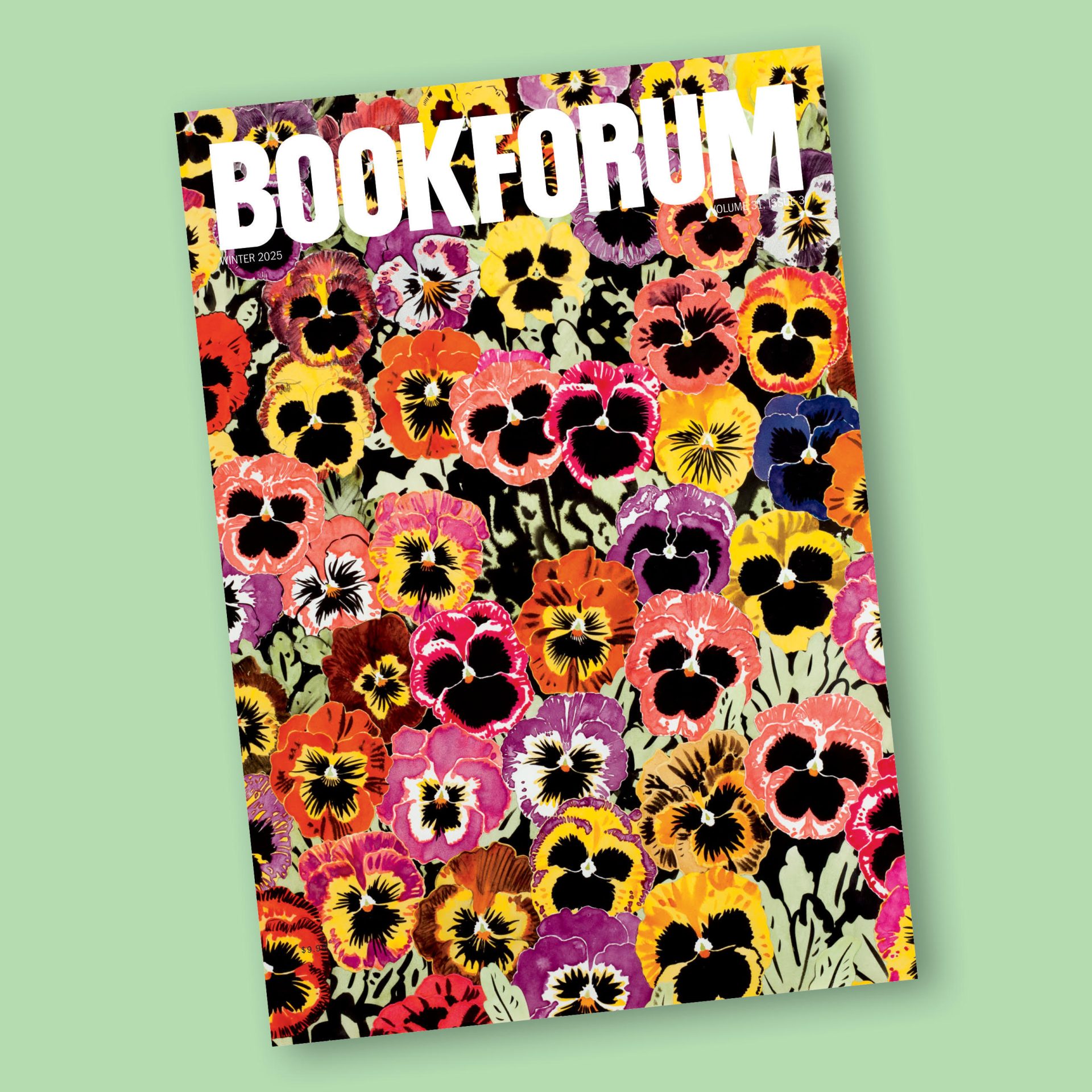Visual art and music are often studied separately, even though seeing and hearing are inexorably linked. What if we could hear the silence in a Vermeer painting? Is it possible to simulate the experience of a certain city by playing its soundscape through loudspeakers in a city on the other side of the world? What would a Brian Eno song look like as a painting? The books listed here examine the myriad connections and convergences between sound and painting, architecture, and film.
Sinister Resonance by David Toop
“Seeing comes before words,” wrote John Berger in 1972, in the opening of his classic book Ways of Seeing. “The child looks and recognizes before it can speak.” Toop rethinks Berger’s maxim in this intriguing book (forthcoming this spring) and develops a persuasive argument for “ways of hearing.”
Reading Sinister Resonance, we begin to hear the sounds behind paintings; of Marcel Duchamp’s Nude Descending a Staircase, No. 2, Toop writes, “In her descent, she clatters, freezing a sequence of moments both sonic and kinesthetic.” Kazimir Malevich’s Black Square is an exercise in silence; Yves Klein’s famed monochrome paintings—and his extended search for the perfect hue of blue—are heard as a single, ringing note. A sprawl of literature figures in, too. Toop quotes novelist Paul Auster, on the “crystalline silence” of Vermeer’s Woman in Blue, and Samuel Beckett, who once wrote in his notebook of Emil Nolde’s painting Christus und die Kinder that he wanted “to spend a long time before it, and play it over and over again like the record of a quartet.”
The BLDG BLOG Book by Geoff Manaugh
Culled from Manaugh’s blog, this book is a compilation of fantastic ideas on the built environment, replete with disorienting references to everything from sci-fi and underground cities to “abstract geology,” Aeolian reefs, and the pods and plug-in cities of the radical ’60s architects Archigram. A fascinating chapter on sound delves into Muzak and “audio architecture,” the rogue “sound city,” amplifier windows, “sleep labs of the Soviet empire,” and the existence of potential geological “instruments” in Antarctica (among other things).
More Dark than Shark by Russell Mills, Brian Eno, and Rick Poynor
This 1986 book pairs Russell Mills’s paintings with lyrics and notes from Brian Eno’s early albums. Poynor’s essays on Eno, art school, cybernetics, and the creative process punctuate the pairings. The book’s design, too, reflects a scrapbook sensibility; it’s filled with hand-drawn diagrams, sketchbook scrawls, lists, maps, and clippings from Eno’s notebooks. Like Silence by John Cage, or the remarkable (and sadly out-of-print) book Scratch Music edited by the late British avant-garde composer Cornelius Cardew, More Dark than Shark is as much a visual document as a musical one. It’s an ambitious multimedia project in book form, a precursor to what would soon become possible on the Web.
Visual Music: Synaesthesia in Art and Music Since 1900 by Kerry Brougher, Jeremy Strick, Ari Wiseman, and Judith Zilczer
This lavish book, based on a 2005 exhibition at the Museum of Contemporary Art in Los Angeles and the Hirshhorn Museum in Washington, DC, examines the relationship between abstract art, music, and synesthesia in the twentieth century. Many of the usual suspects are examined—Wassily Kandinsky, for example, had strong ties to Arnold Schoenberg and other composers of his time, and Paul Klee doubled as an accomplished violinist—but there are also several revelatory moments in these pages. Consider Synchromism, an American art movement of the early twentieth century that wedded sound to color, and its quixotic quest for a “kinetic light machine,” or the groundbreaking experimental films of John and James Whitney, like the stunning Lapis, an inspiration for the abstract imagery in Stanley Kubrick’s 2001: A Space Odyssey.
The book’s concept of “visual music” allows us to reconsider many twentieth-century artists—even those who have had every shred of output reissued and reevaluated over the years. For example, we learn that Stan Brakhage studied with John Cage and Edgard Varèse and even considered becoming a composer. Though Brakhage almost never used sound in his films, we can see that his knowledge of music animates them. The book discusses several intriguing contraptions invented in the early part of the century, such as the “clavilux,” an instrument that generated brilliant patterns of colored light, and the “illumovox,” a device invented by Leon Theremin in the 1920s to create “color music.” The array of strange machines, paintings, and films depicted in this book, and their unique ways of “visualizing” music and sound, still seem relevant and modern today.
Geeta Dayal is the author of Another Green World, a book about Brian Eno, published in Continuum’s 33 1/3 series last year.





